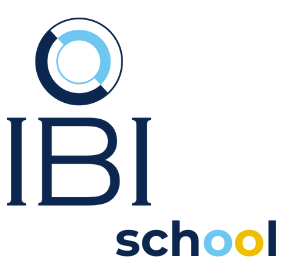“One of the biggest issues today is our disconnect from nature—a trend that alarmingly extends even to younger generations.” Robin Nguyen
Part Sixteen: The Primacy of Direction Before Goals
In both education and parenting, establishing a clear sense of direction is essential for meaningful development. Rather than immediately setting fixed outcomes, it is more effective to initially provide a supportive structure that helps learners and children understand the context, challenges, and possibilities available to them. Through direction, young people gain clarity about what is expected, what choices are at their disposal, and how they can engage productively in the process of learning or growing.
In contrast, when parents unilaterally set goals for their children—particularly in the absence of dialogue, understanding of individual readiness, or respect for the child’s interests—the result can be heightened pressure, diminished autonomy, and a range of negative psychological effects.
Positive guidance involves modeling prosocial behavior, setting clear expectations, encouraging autonomy, and fostering resilience. This type of direction supports children’s growth into independent, capable, and empathetic adults, as opposed to dictating goals or imposing rigid standards of success.
Consider the example of a classroom storyboard project that we conduct at IBI. Rather than immediately assigning students the task of creating a storyboard, the teacher begins by providing structured direction: clarifying how to select an engaging topic, choose compelling characters, organize content creatively, and assign roles for collaborative teamwork. Students are encouraged to discuss options, leverage one another’s strengths, and relate their choices to learning objectives. With these parameters in place, each student or team is prepared to set pragmatic goals that reflect their abilities and interests—such as completing the initial storyboard frames by the end of the week. Because these goals arise from a foundation of support and guidance rather than arbitrary assignment, students are more likely to experience success, motivation, and personal investment in the outcome.
Ultimately, direction is the compass that helps learners and children navigate the landscape of possibility—a steady foundation upon which meaningful, self-driven goals can be built. Whether in the classroom or at home, a thoughtful blend of guidance and autonomy creates the conditions for success, well-being, and fulfillment.
We know that no matter how much more experienced or accomplished we may be than our children, imposing our goals on them goes against the natural order. The movement and creation of energy are beyond human control—and so is the unique path each child is meant to follow.
Author: Robin Nguyen


